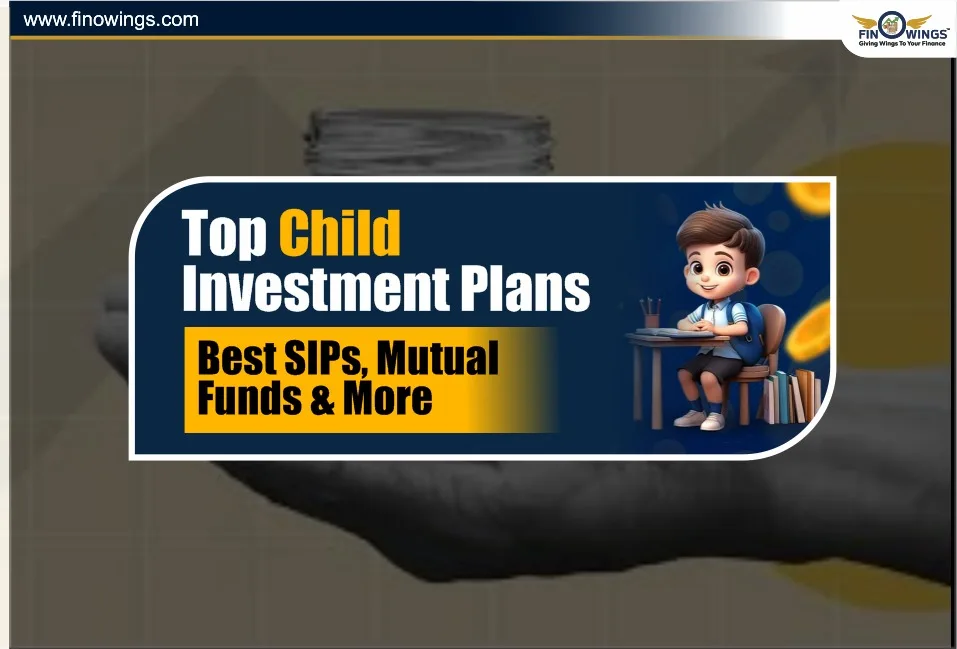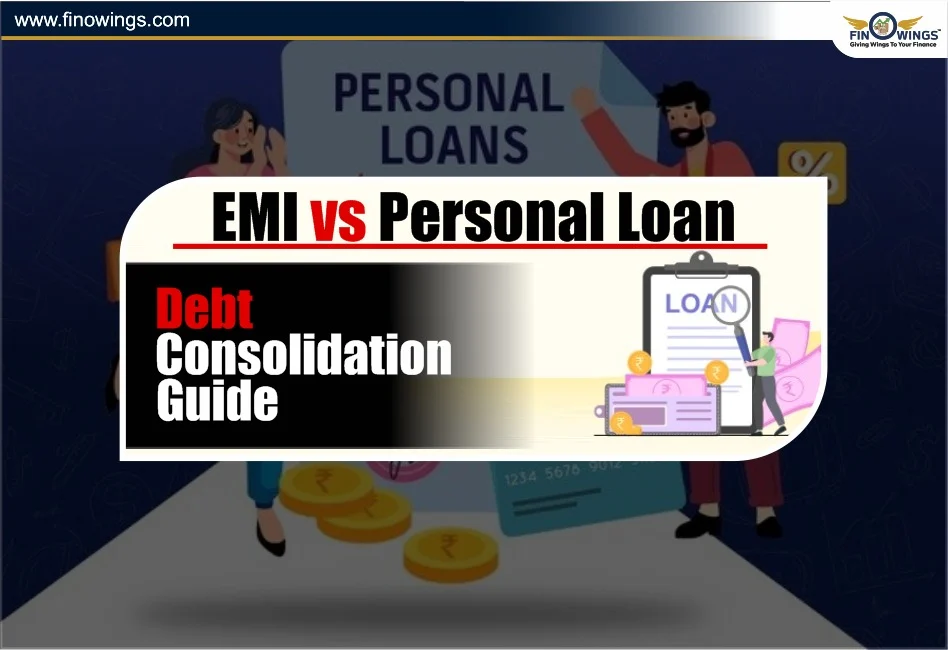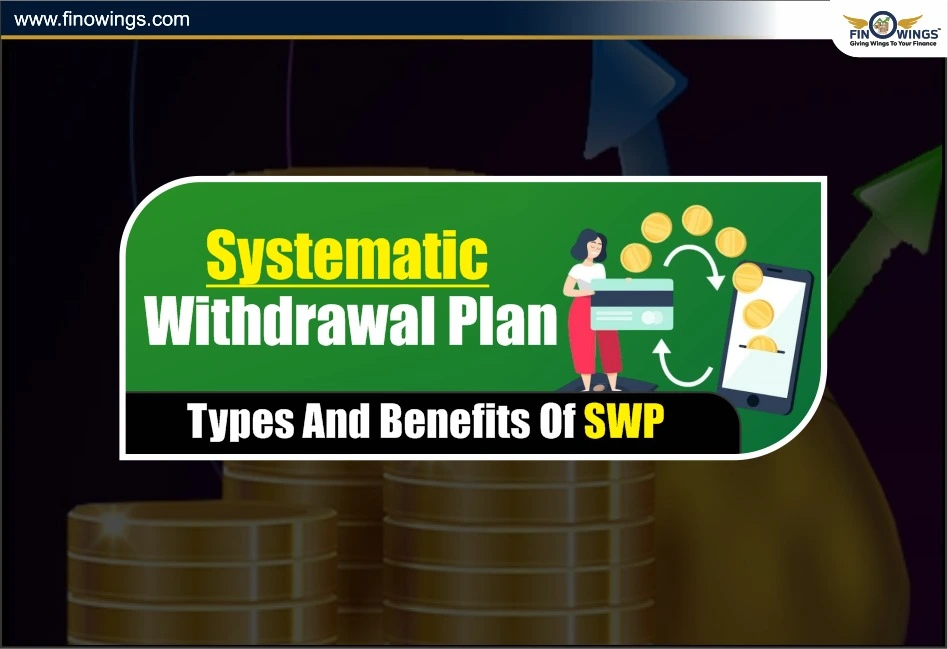Home >> Blog >> Top Child Investment Plans: Best SIPs, Mutual Funds, & More
Top Child Investment Plans: Best SIPs, Mutual Funds, & More

Table of Contents
- The Importance of Child Investment Planning
- 1. SIPs for A Child's Future – Easiest Way to Create Wealth Over Time
- 2. Child Mutual Fund Plans – Tailored For Kids' Needs
- 3. Sukanya Samriddhi Yojana (SSY) – Investments for a Girl Child
- 4. Public Provident Fund (PPF) – A Safe Long-Term Plan
- 5. National Pension System (NPS) – For Long-Term Child Goals
- 6. Direct Equity – High Risk, High Reward
- How to Choose the Best Child Investment Plans
- Why SIP is the Optimum Plan for Child Future
- Conclusion
Every parent wants to secure a child's future, be it for education, skill development, marriage, or overall finances. However, with increasing educational costs, inflation, and competition, planning accordingly has become highly essential. This is where a parent choosing the right child investment plans becomes a smart and strategic move.
In this blog, we will discuss the child investment plans along with the best SIPs, mutual funds, and long-term strategies. This will give a parent and child a real chance at building a financially secure future.
The Importance of Child Investment Planning
The costs surrounding a child's future are astonishing:-
-
Coaching classes.
-
School and college fees.
-
Skill development courses.
-
Higher education overseas.
-
Start-up aspirations or career goals.
The earlier a parent starts planning for the child's future, the less worrying the educational investment becomes. This is all due to the power of compounding.
1. SIPs for A Child's Future – Easiest Way to Create Wealth Over Time
Systematic Investment Plans (SIPs) are a common choice for most parents. As they help in:
-
The monthly investment is low.
-
Compounding is significant in the long run.
-
The investment amount can be increased to a desired level.
-
Growth can be linked to the market.
Determining the best SIP for a child's future largely depends on the number of years remaining. The longer the time, the better the compounding that happens over time.
Best Child SIP Plans
Below are the SIPs best for long-term child objectives.
Equity Mutual Fund SIP - Has high growth potential, and is thus ideal for longer time horizons (10+ years). Great for funding higher education.
Index Fund SIP - Has a low cost, is quite consistent, and tracks Nifty/Sensex. Very good for systematically creating wealth over the long term.
Hybrid SIP (Equity + Debt) - Has a balanced risk profile; good for medium-term objectives (5–10 years). Great for funding gadgets, early education fees, and so on.
Debt SIP (Short-term goals) - Has stable returns; great to plan for expenses in the coming 2 to 4 years. These child SIP plans allow risk to be spread and returns to be maximised based on your time horizon.
2. Child Mutual Fund Plans – Tailored For Kids' Needs
For years now, numerous AMCs have been providing fully dedicated Child Mutual Fund Plans, also known as Child Gift Funds/Child Advantage Funds. These plans offer the following:
-
Lock-in period (to ensure withdrawal cannot occur prematurely).
-
Long-term wealth strategy.
-
Hybrid (equity + debt).
-
Designed as an investment with specific goal(s).
Child Mutual Fund Plans
For parents looking for:
-
Long-term investment with added discipline.
-
Automatic stability from hybrid allocation.
-
Lock-in period to reduce the chances of withdrawal.
Ideal for child education investment targeted for expenses needed within a 5–15 year time frame. These funds work well for child education investment, expected expenses after 5+ years.
3. Sukanya Samriddhi Yojana (SSY) – Investments for a Girl Child
SSY is among the most well-known for the child's future investment plans. Most people in the investment community love recommending this scheme, especially for female offspring.
Key Benefits
-
Backed by the government.
-
8%+ interest rate (subject to change 4 times a year).
-
Maturity is not taxed.
-
Section 80C also supports the deduction from tax.
SSY must be in your portfolio if your child is a girl.
4. Public Provident Fund (PPF) – A Safe Long-Term Plan
For long-term goals relating to children, this scheme truly shines as a low-risk investment option. PPF is a government-backed scheme, which makes this a safe choice.
Why PPF is Good for Kids:
- 15-year lock-in
- Tax-free withdrawal
- High compounding
- Safe & stable
PPF is a good foundational layer for child investment plans for parents who prefer stability over returns.
5. National Pension System (NPS) – For Long-Term Child Goals
If you want to create a retirement-like corpus for your child’s future, NPS can also be considered.
Benefits:
- High equity exposure
- Low charges
- Long-term compounding
- Tax benefits
Though primarily a retirement product, disciplined parents also use it as part of their child future investment plans.
6. Direct Equity – High Risk, High Reward
While not suitable for everyone, some parents invest a small portion in stocks to build a long-term portfolio for their child.
Examples:
- Bluechip stocks (stable)
- High-growth midcaps (aggressive)
This should be only a small portion of the child's investment basket due to the high risk involved.
How to Choose the Best Child Investment Plans
When selecting the right investment option, consider your child’s age, your risk tolerance, Future goals, and Further studies abroad. Startup? wedding?, expected inflation, for further studies, the inflation is approximately 8-12% each year, Monthly savings capacity
Based on your earnings and financial plan, set your SIP amount.
Illustration Investment Plan for Child Future (Age 1-18 years)
|
Child Age |
Ideal Investment |
Reason |
|
0–5 years |
Equity SIP + Index Funds |
Maximum compounding |
|
5–10 years |
Hybrid Funds + SSY/PPF |
Balanced growth |
|
10–15 years |
Largecap + Hybrid SIP |
Lower volatility |
|
15–18 years |
Debt funds + PPF maturity |
Safe for final withdrawal |
The framework effectively provides growth and stability in the long run.
Why SIP is the Optimum Plan for Child Future
Out of all plans, the best SIP for child future will provide you with predictability in investing, returns higher than inflation, moderate risk for longer durations, benefits of compounding. SIPs form the foundation of children's future investment plans for the majority of parents.
Conclusion
A parent’s greatest gift to a child is planning for their future. Be it child SIP plans, child mutual fund plans, government schemes like SSY and PPF, or a diversified investment portfolio, the first step is starting early and staying consistent.
With education and lifestyle costs on the rise, the child investment plans available today provide several opportunities to build a child’s financial foundation and support their education and future career goals. By aiming for the right mix of SIPs, mutual funds, and secure long-term schemes, you can successfully be on the path to fulfilling your child’s dreams.
DISCLAIMER: This blog is NOT any buy or sell recommendation. No investment or trading advice is given. The content is purely for educational and information purposes only. Always consult your eligible financial advisor for investment-related decisions.
Author
Frequently Asked Questions
The best investment plan depends on the child’s age and your long-term goals.
Most parents prefer a mix of:
-
Equity SIPs for high long-term growth
-
Index fund SIPs for stable wealth creation
-
Child mutual fund plans (with lock-in) for goal-based investing
-
SSY or PPF for guaranteed returns and safety
A diversified approach ensures growth + stability for future education and career expenses.
For long-term goals like higher education (10–18 years), the best SIP options are:
-
Equity Mutual Fund SIP (highest compounding)
-
Nifty/Sensex Index Fund SIP (low cost, stable growth)
-
Hybrid SIP (good for medium-term education expenses)
Equity SIPs are considered the most effective due to inflation-beating returns and high compounding.
The ideal SIP amount depends on:
-
Child’s current age
-
Years left for higher education
-
Expected inflation (8–12% yearly for education)
-
Family income and financial goals
In general, parents start SIPs from ₹2,000–₹10,000 per month, increasing yearly.
Starting early (before age 5) reduces the required monthly investment drastically.
Both options serve different purposes:
-
SSY offers guaranteed 8%+ returns, tax-free maturity, and is ideal for secure long-term savings.
-
SIP offers higher returns (10–14%) but comes with market risk and long-term compounding.
Most parents combine SSY + SIP, which balances safety with high-growth potential.
PPF is best for parents seeking:
-
15-year lock-in
-
Government-backed safety
-
Stable, tax-free returns
Mutual Funds (SIP) are best for parents wanting:
-
Higher long-term growth
-
Inflation-beating returns
-
Goal-based wealth creation
A balanced combination of PPF + SIP is considered one of the best strategies for child future planning.


















